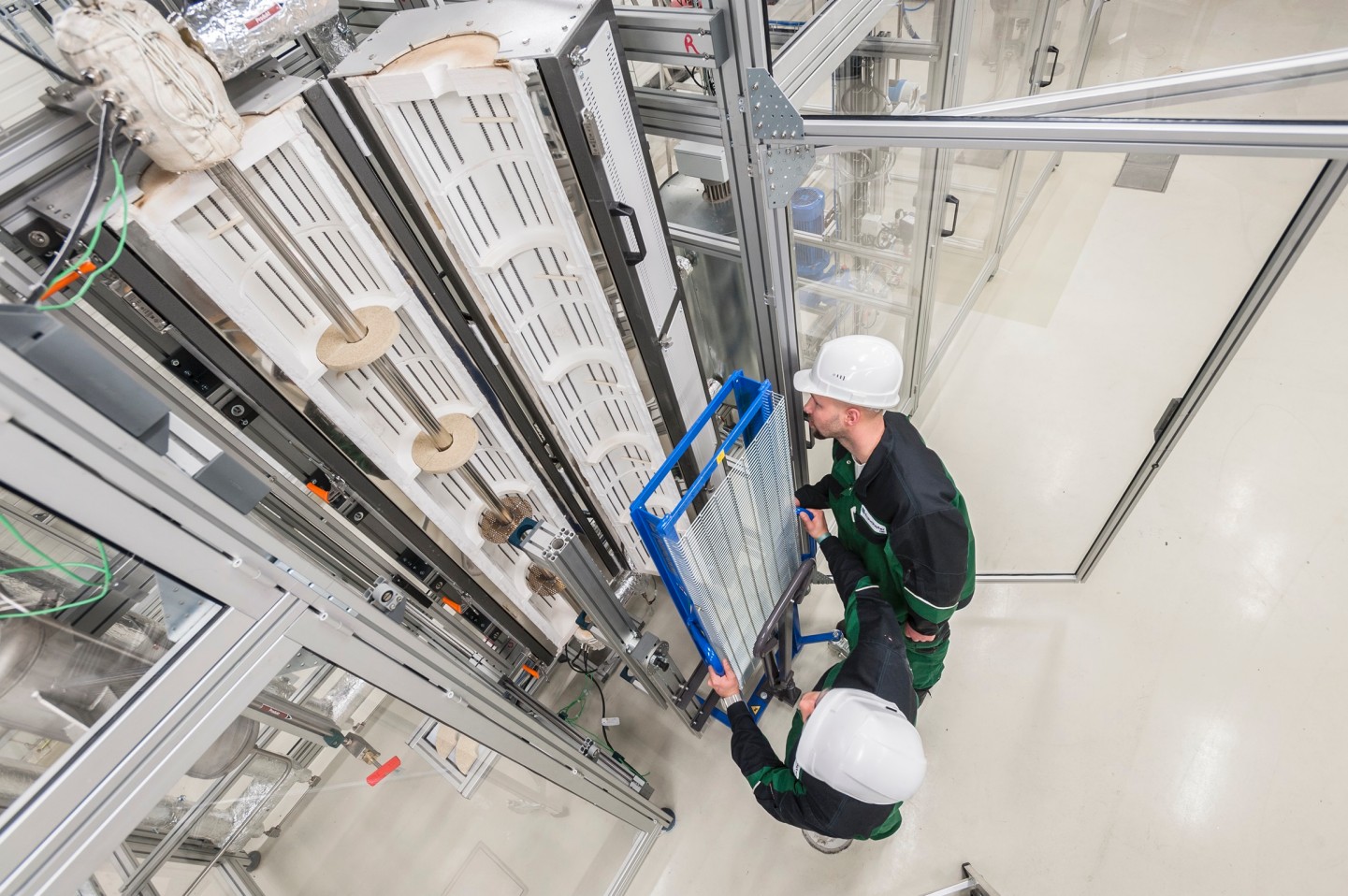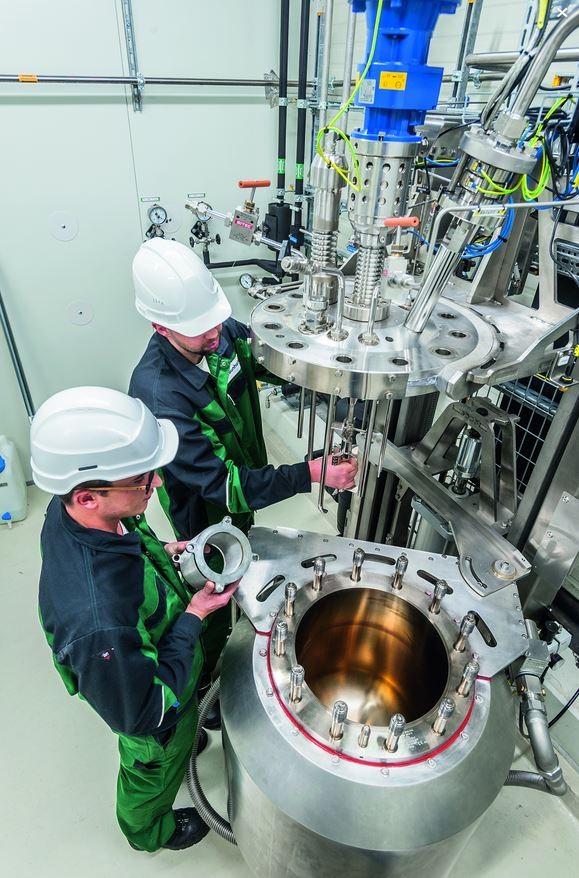Say goodbye to petroleum – sustainable raw materials are the future. This motto not only applies to biodiesel, but also to isobutene, a basic product used in the chemical industry. Researchers are now extracting this substance from sugar for the first time in a pilot plant.
Plastic, gasoline, rubber – many of the items we use in our everyday lives are based on petroleum. But this is a finite raw material, which is why researchers are searching for options for using renewable raw materials rather than petroleum as a base material. A well-known example is biodiesel, which, for example, comes from fields of yellow, flowering rapeseed. There will soon be another substance extracted from plants: isobutene is a basic chemical used in the chemical industry to produce fuels, solvents, elastomers and antiknock fuel additives. Researchers are using sugar to generate this isobutene. The biotechnological process is also being tested at a pilot plant with an annual capacity of up to 100 metric tons of isobutene at the Fraunhofer Center for Chemical-Biotechnological Processes CBP in Leuna. The large-scale processes are carried out much like in a laboratory: sugar and the microorganism are added to a fermenter that converts the sugar into gaseous isobutene – employees of the Global Bioenergies company introduced this unique metabolic conversion into a microorganism. The isobutene is separated, purified, liquefied and filled into containers. “We have the expertise for both the biotechnological and chemical processes and meet all the requirements for successful implementation,” says Gerd Unkelbach, director of Fraunhofer CBP.
Sugar as a raw material has a big advantage over petroleum: it grows back. However, isobutene production is thus in competition with the food industry, as the sugar that ends up at the pilot plant is lost as a foodstuff. For this reason, the researchers want to change tack in the future, moving away from the sugar of the sugar beet to sugar derived from renewable raw materials unsuitable for food such as wood. The technological basis is already available at the Fraunhofer CPB lignocellulose biorefinery, where the researchers break wood down into its individual components: cellulose (which is sugar), hemicellulose and lignin.

